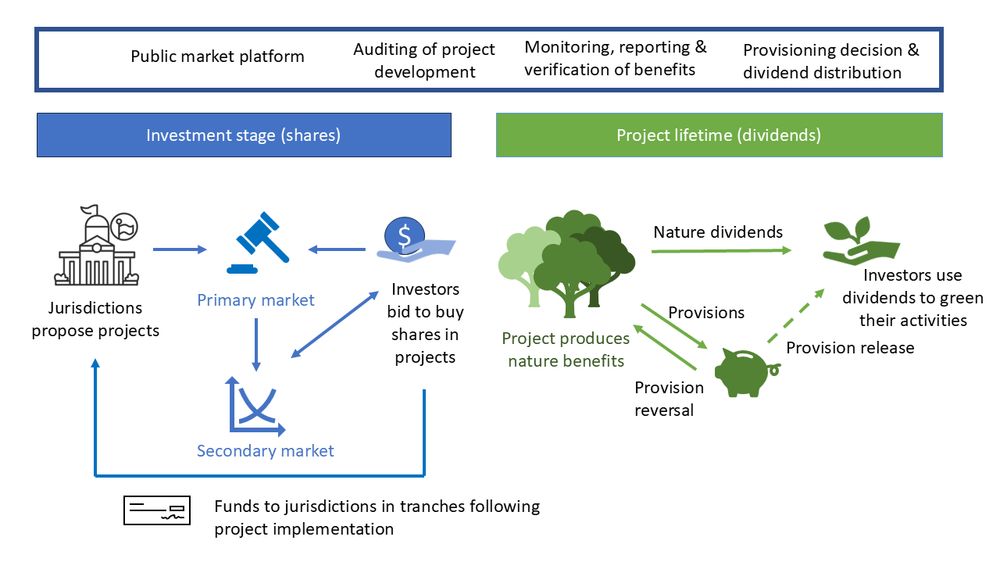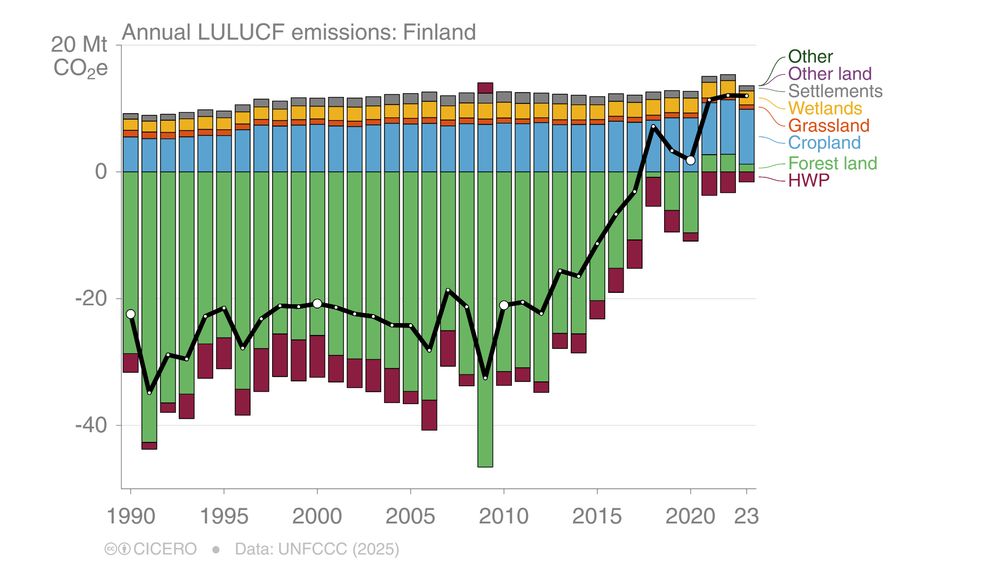Estelle Cantillon
@estellecantillon.bsky.social
190 followers
340 following
50 posts
I'm an economist at Université Libre de Bruxelles, interested in market design, climate transition and sustainability. Posting mostly in EN but sometimes also in FR and NL. Webpage: https://ecantill.ulb.be/
Posts
Media
Videos
Starter Packs
Bram Claeys
@bramclaeys.bsky.social
· Jul 9

Energiefactuur: Vlaanderen verplicht leveranciers dynamische en vaste energiecontracten aan te bieden
De Vlaamse regering maakt komaf met energieleveranciers die enkel nog variabele tarieven aanbieden. Consumenten moeten bij de grootste leveranciers verplicht vaste prijzen kunnen krijgen en overal dyn...
www.tijd.be
The Guardian
@theguardian.com
· Jun 4

It’s not Denmark’s children who can’t handle debating Gaza. It’s our politicians | Rune Lykkeberg
In banning a schools debate on Palestinian sovereignty, our leaders have revealed the nation we’re becoming, says Rune Lykkeberg, editor-in-chief of the Danish newspaper Information
www.theguardian.com









